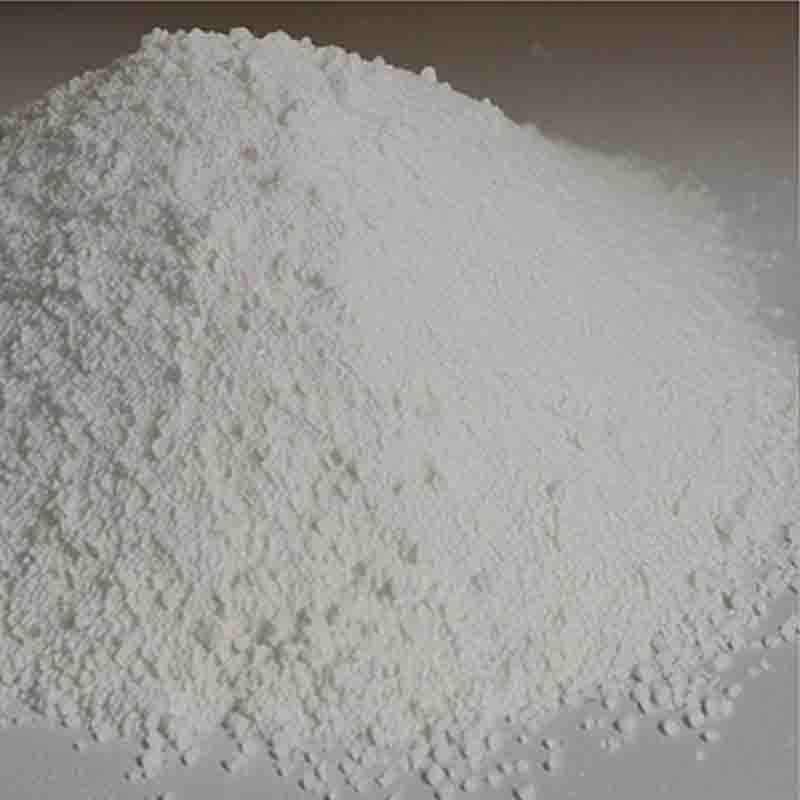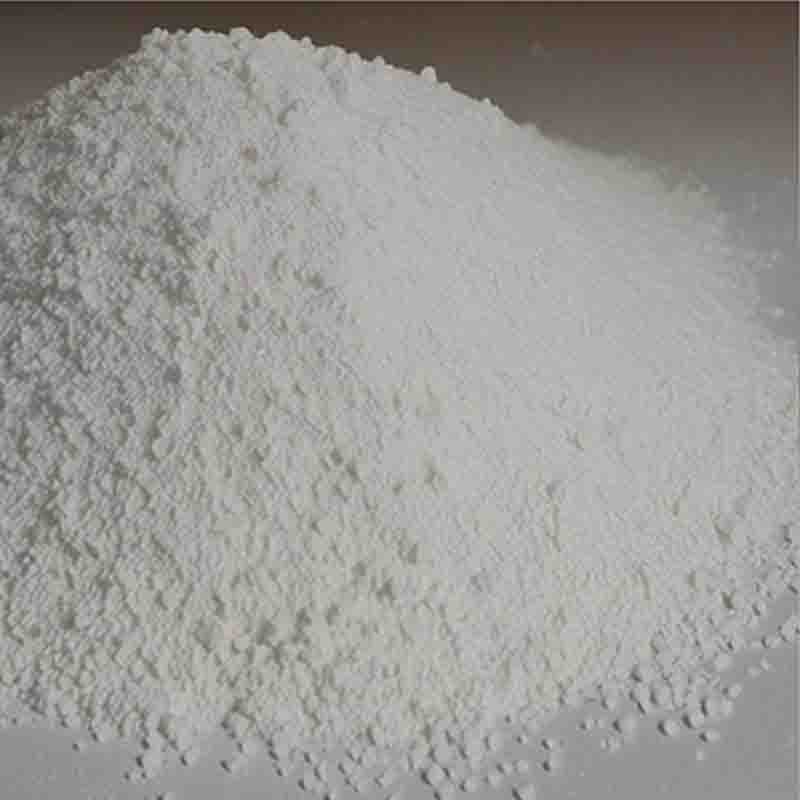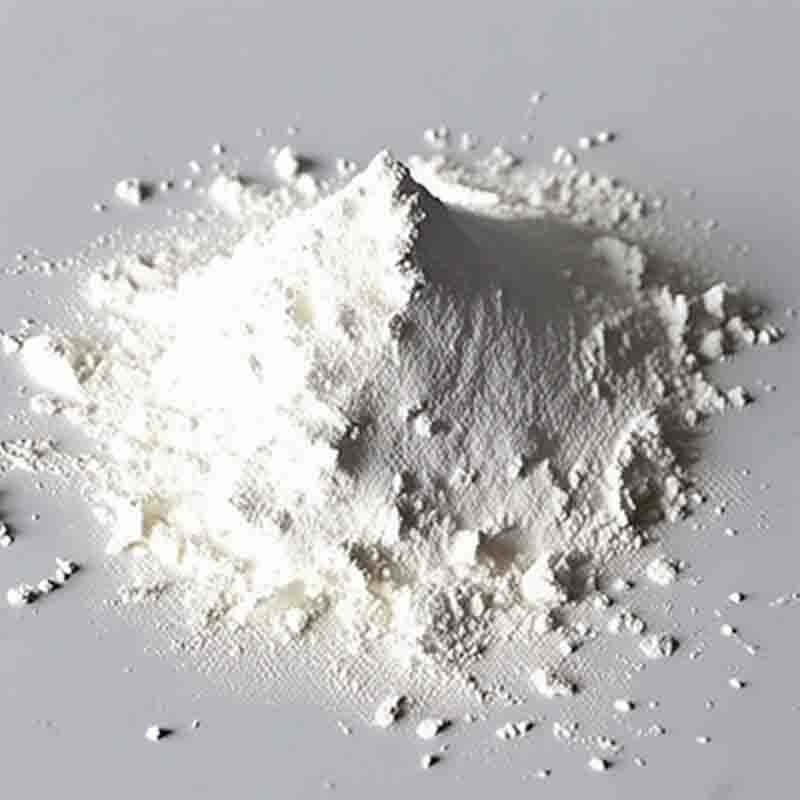2-(2-Aminothiazole-4-yl)-2-methoxyiminoacetic acid ; ATMAA CAS: 65872-41-5
| Catalog Number | XD94269 |
| Product Name | 2-(2-Aminothiazole-4-yl)-2-methoxyiminoacetic acid ; ATMAA |
| CAS | 65872-41-5 |
| Molecular Formula | C6H7N3O3S |
| Molecular Weight | 201.2 |
| Storage Details | Ambient |
Product Specification
| Appearance | White powder |
| Assay | 99% min |
2-(2-Aminothiazole-4-yl)-2-methoxyiminoacetic acid (ATMAA) is a chemical compound used in various applications due to its unique properties and structure. This compound has gained attention in fields such as pharmaceuticals and medicinal chemistry.ATMAA is commonly used as a building block for the synthesis of novel compounds with potential biological activities. It serves as a precursor in the development of drugs targeting various diseases. By modifying the structure of ATMAA, researchers can introduce different functional groups and create derivatives with improved pharmacological properties. These derivatives can potentially exhibit enhanced efficacy, selectivity, or reduced side effects compared to existing drugs.In the field of medicinal chemistry, ATMAA's structure allows it to act as a versatile scaffold for designing drug candidates. Medicinal chemists can utilize ATMAA to create small molecule libraries for screening against specific molecular targets. Through structure-activity relationship (SAR) studies, modifications can be made to optimize the compound's interaction with the target, thereby enhancing its therapeutic potential.Furthermore, ATMAA is employed in chemical research to understand various biological processes. It can be used to study the role of specific proteins or receptors in cellular pathways and diseases. By synthesizing derivatives of ATMAA and evaluating their effects on cellular systems, scientists can gain insights into the mechanisms of action and mode of interaction of these compounds.ATMAA's role isn't limited to pharmaceutical applications. It can also find use in the field of agrochemistry. Its structural features allow modifications that could yield compounds with pesticidal or fungicidal properties. By incorporating ATMAA into the molecular structure of agrochemicals, researchers can potentially develop more effective and environmentally friendly pesticides to protect crops from pests and diseases.When working with ATMAA, it is important to follow appropriate safety protocols to minimize risks. Protective equipment, including gloves and goggles, should be used, and proper ventilation is necessary. Additionally, appropriate waste disposal measures must be taken to prevent environmental contamination.In conclusion, ATMAA is a versatile compound that finds applications in pharmaceutical research, medicinal chemistry, and agrochemistry. Its unique structure allows for modifications and the development of novel compounds with potential therapeutic properties. ATMAA serves as a valuable tool in drug discovery and development, aiding in the identification and optimization of drug candidates. Additionally, it contributes to the understanding of biological processes and offers potential advancements in the field of agrochemicals.









